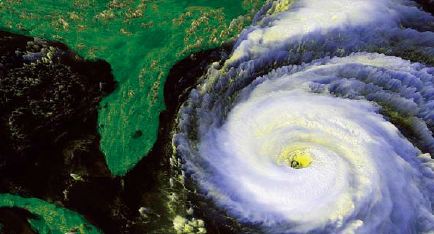Policy-ready projections: making climate models more useful to planners


Key Messages
- Decision-makers need specific information about the range of climate futures for which we should prepare. Since climate models agree on global trends, but disagree on just how fast and intense the changes will be, combining multiple models gives a fuller picture, deals with uncertainty and enables adaptation responses.
- Vulnerability assessments and adaptation planning also require spatially detailed data — which means ‘downscaling’ global climate models to show future changes at higher resolution.
- Downscaling doesn’t come cheap. But by using a carefully chosen sample of available models, researchers can produce detailed climate projections covering a wide range of scenarios while keeping computing costs relatively low.
This briefing was prepared by Carol McSweeney and Richard Jones from the PRECIS regional modelling team at the Met Office Hadley Centre, UK, based on ongoing research as part of the Adapting to Climate Change in China project. Roger Street of the UK Climate Impacts Programme (UKCIP) also contributed
Read more ACCC publications relevant to National Adaptation Planning in China:
- Managing water as China warms: New insights from regional models
- Understanding past and future impacts of climate change in agriculture: implications for adaptation planning
- User-friendly climate science: communicating data for decision-making
- Climate change and its impact on population health in Southern China: Implications for adaptation policy
(0) Comments
There is no content